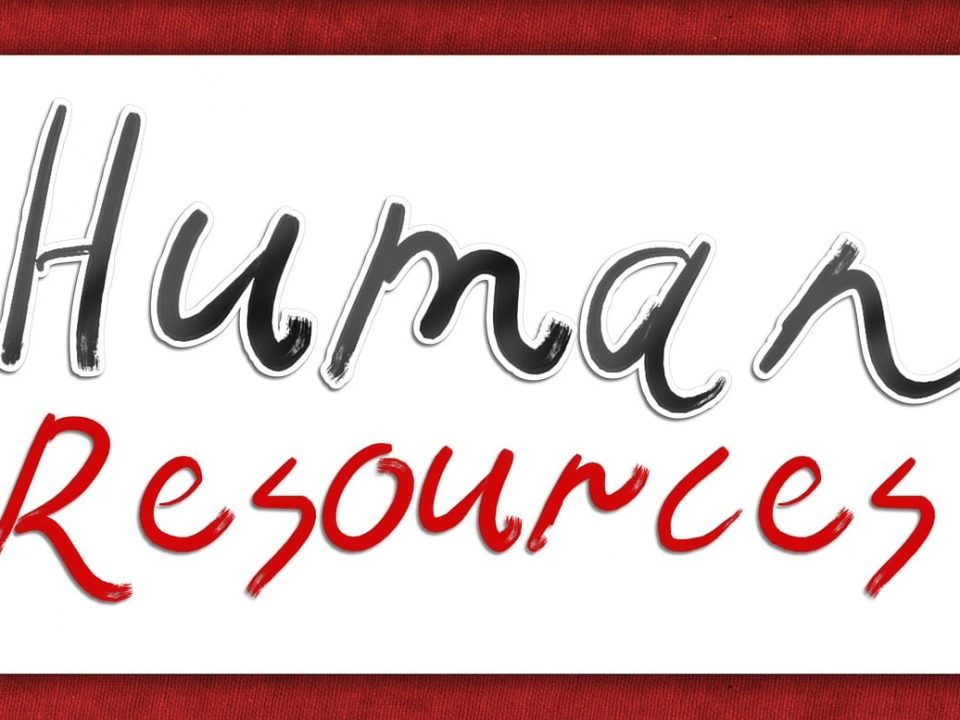Guide to Pender’s health promotion model

Question: Which concepts make Pender’s health promotion model? Evaluate the significance of the model.
Introduction
Dr Nola J. Pender developed his health promotion model in the year 1982.The model was developed in lieu of the nursing field. Pender thought nursing care aimed to aid patients in attaining maximum health and well-being.Pender was involved in the examination of health promotion and preventive behaviors, which led to the creation of Pender’s health promotion model.The model tries to claim that each individual’s characteristics and life experiences directly influence the actions and decisions taken concerning their health.As per Pender’s health promotion model, the absence of any disease from an individual does not define his health; instead, the state of well-being defines an individual’s health. The health promotion model of Pender has seen many amendments since its development. The model has significantly influenced the work of many other theorists.
Classification of Pender’s health promotion model
Pender recognizes three major classifications in his health promotional model. These classifications are individual characteristics and experiences, behavior-specific cognitions and affect, and behavioral outcomes. Let us explain each of the classifications:
Individual characteristics and experiences: In the individual characteristics and experiences classification, Pender explains that all individuals have a set of characteristics and experiences. These two contribute to forming their actions.The model stresses that an individual’s past actionshave a straight connection with their intention to participate in health-promoting behaviors in the future.Health-promoting behaviors can also face hurdles due to individual habits and characteristics.
Behavior-specific cognitionsand affect:
Behavior-specific cognitions and affect straightforwardly affect a person’s motivation for change.Customization of nursing interventions can help set up positive changes within an individual.The variables comprise activity-based results, self-worth, observed benefits, and barriers to the action.
Behavioral outcomes:The final classification is the behavioral outcome.The outcome starts with an individual devoting himself towards taking vital measures needed to make a change. In this phase, the person must get some support to remove the barriers to building positive health-promoting behavior.The model’s objective is to encourage a change in behavior that leads to a positive health outcome.
The concepts of Pender’s health promotion model
Pender’s health promotion model includes a few essential concepts: person, environment, health and nursing.The main element of the model is the person, as his characteristics and experiences have a straight effect on his future actions and decisions.The behavior we learn from our family and community must be assessed.The assessed behaviors make an impact on the person’s ability to take part in health-promoting behaviors. An individual’s environment consists of their social, economic and physical conditions.Notoxins in the environment make a healthy environment with economic stability and permit using resources that boost healthy living.An individual’s definition of health has a straight effect on fostering well-being and safeguarding against diseases. With the help of motivation, an individual can encourage healthy behavior and stay away from illness.To develop positive health-promoting behavior among individuals, a nurse should reckon the person’s self-worth, environmental control, advantages for the change and any likely barriers to change.
Assumptions of the health promotion model
• People try to regularly adjust their behavior
• People connect with the environment and transform it persistently despite the bio-psychosocial complexities.
• Nurses and other health professionals play a vital role in the interpersonal environment by impacting people for life.
• Changing behavior requires self-initiated reconfiguration of the individual-environment interactive patterns.
Theoretical statements generated from the model
The model generates thirteen theoretical statements which providethe foundation for examining work related to health behavior.Theoretical statements included in the model are mentioned below:
1. The Health Promotion Model is a comprehensivemethod to come closer to health, which reckons social, psychological and biological factors that impact behavior change.
2. The model recognizes the importance of individual characteristics and experiences, such as personal values, beliefs, and attitudes, in shaping behavior.
3. The model views behavior as a robustactivity that occurs gradually and is impacted by multiple factors, like personal, environmental, and interpersonal influences.
4. The model stresses the significance of self-efficacy, or a person’s confidence and potentiality to change their behavior, as a key factor in behavior change.
5. The model proposes that behaviour alteration can occur when peopleview the advantages of the behavior change as outweighing the costs.
6. The model acknowledges that social norms and expectations influence behavior change and that social support is important in promoting behavior change.
7. The model recognizes that perceived barriers and facilitators, such as access to resources and social support, influence behavior change.
8. The model proposes that behavior change can be expected to take place when individuals feel that they have control over the behavior and can make choices that align with their personal values.
9. The model puts forward that behaviour alteration can occur when individuals have a clear understanding of the behavior they want to change and the steps needed to achieve that change.
10. The model proposes that behavior change is influenced by an individual’s level of commitment to the behavior change goal.
11. The model suggests that behaviour alterations can occur when people have a sense of individual responsibility for their well-being and health.
12. The model proposes that behavior change is influenced by an individual’s level of perceived susceptibility to illness or disease.
13. The model identifies that alteration in behavior is a difficultexercise that needs ongoing support, encouragement, and reinforcement.
Evaluating the Pender’s health promotion model
Pender’s Health Promotion Model is a conceptual framework for understanding health behaviors and guiding health promotion interventions. The model emphasizes the importance of individual characteristics, behavior-specific cognitions and affect, and environmental factors in determining health behaviors.
Overall, the model has been universally used in research relatedtohealth promotion and practice, and it appears to be a convenient framework for comprehending and guiding health behavior interventions. However, some limitations and criticisms of the model should be considered.
One limitation of the model is that it may not completely record the social and cultural context in which health behaviors takes place. In addition, the model tends to concentrate on individual-level factors and may not adequately address the influence of social and cultural factors, such as family, community, and societal norms, on health behaviors.
Another drawback of the Pender’s health promotion modelis that it may not be applicable to all populations or health behaviors. For example, the model was initiallycreated with a focus on encouraging physical activity and may not be as relevant for other health behaviors, such as smoking cessation or healthy eating.
Despite these limitations, the Pender’s health promotion modelhas been found to be a useful framework for establishing healthy behaviors in various settings and has been adapted and expanded upon by researchers and practitioners to better account for the social and cultural context in which health behaviors occur. Overall, the model provides a valuable theoretical foundation for understanding and promoting health behaviors.
FAQs
What is a meeting agenda and how to write a meeting agenda?
What will happen during a meeting is outlined in the agenda. The following should be included when you are considering how to write a meeting agenda:
How to write a meeting agenda, including essential items?
The following should be on a meeting agenda:
When to use a meeting agenda?
Every meeting—or at the very least official ones—should have an agenda. A meeting agenda is useful if you want to save time, be on the right track, or achieve a certain goal.
When to use a meeting agenda?
Every meeting—or at the very least official ones—should have an agenda. A meeting agenda is useful if you want to save time, be on the right track, or achieve a certain goal.
When to use a meeting agenda?
Every meeting—or at the very least official ones—should have an agenda. A meeting agenda is useful if you want to save time, be on the right track, or achieve a certain goal.
Total Assignment Help
Incase, you are looking for an opportunity to work from home and earn big money. TotalAssignmenthelp Affiliate program is the best choice for you.
Do visit :https://www.totalassignment.com/affiliate-program for more details
Total Assignment help is an assignment help Online service available in 9 countries. Our local operations span across Australia, US, UK, South east Asia and the Middle East. With extensive experience in academic writing, Total assignment help has a strong track record delivering quality writing at a nominal price that meet the unique needs of students in our local markets.
We have specialized network of highly trained writers, who can provide best possible assignment help solution for all your needs. Next time you are looking for assignment help, make sure to give us a try.
Looking for Assignment Help from Top Experts ?
Get the best Assignment Help from leading experts from the field of academics with assured onetime, 100% plagiarism free and top Quality delivery.


